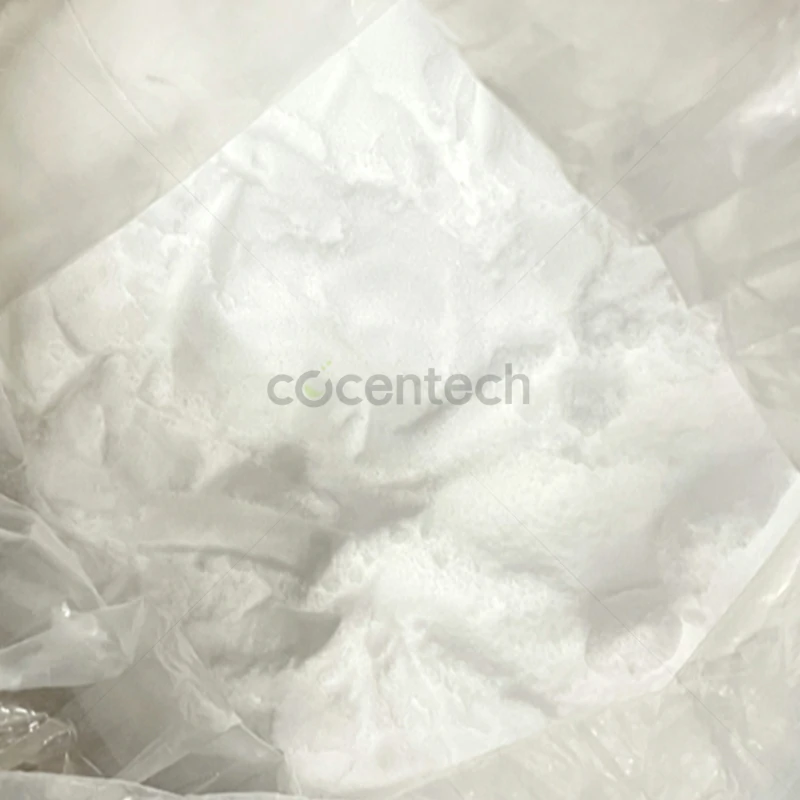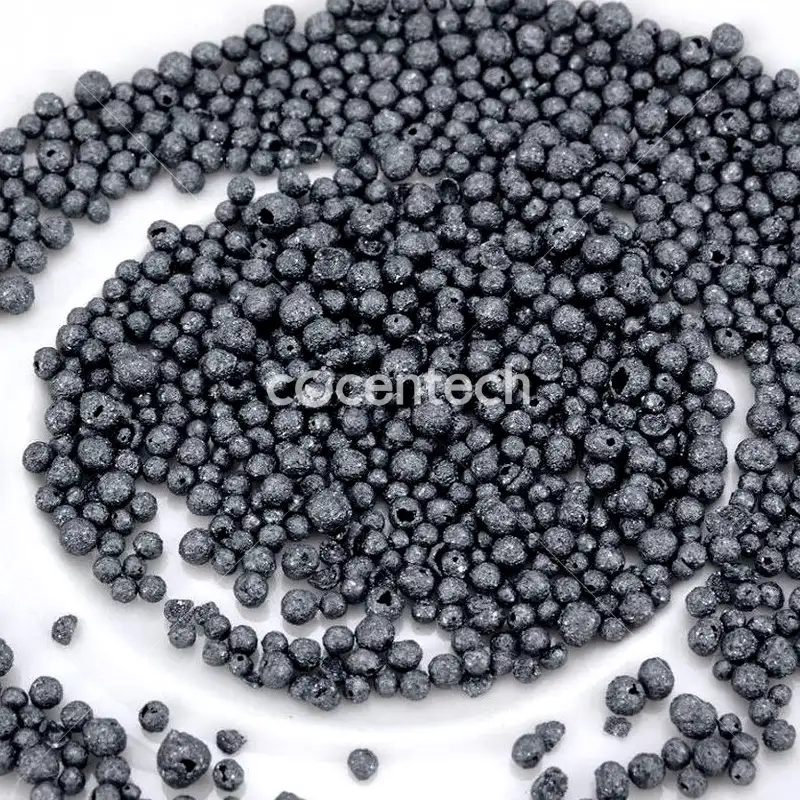In the realm of organic chemistry, one compound that has been making waves is 2B4M/BK4. But what exactly is the science behind this intriguing compound, and how does it work?
Buckle up as we embark on a journey to uncover the secrets of 2-Bromo-4-Methylpropiophenone and explore its remarkable properties. This compound belongs to the class of aromatic ketones and is widely used in various industries, including pharmaceuticals and agrochemicals.
Its unique molecular structure plays a crucial role in determining its functionality and reactivity. By understanding the intricate mechanisms behind this compound, we gain valuable insights into its applications and potential benefits. So, join us as we delve into the world of 2-Bromo-4-Methylpropiophenone and unravel the mysteries that lie within!
Chemical Properties And Structure Of 2B4M/BK4
2-Bromo-4-Methylpropiophenone, also known as BMK, is a chemical compound with the molecular formula C10H11BrO. Features: its distinct structure, consisting of a bromine atom attached to a phenyl ring, along with a methyl group and a propionyl group. This unique arrangement of atoms gives 2-Bromo-4-Methylpropiophenone its distinct properties and reactivity.
The compound’s chemical properties make it versatile and useful in various applications. It is a colorless or pale yellow liquid with a distinctive odor.Its melting point is about 75-80°C and its boiling point is about 240-250°C. Soluble in organic solvents such as water, ethanol and acetone.
The structure of 2-Bromo-4-Methylpropiophenone plays a crucial role in its functionality. The presence of the bromine atom and the aromatic phenyl ring contributes to its reactivity and ability to undergo various chemical reactions. These properties have made it a valuable compound in the field of organic synthesis and drug discovery.
Synthesis And Production Of 2B4M/BK4
The synthesis of 2-Bromo-4-Methylpropiophenone involves several steps and techniques. One common method is the bromination of propiophenone using a brominating agent such as bromine or hydrobromic acid. This reaction results in the replacement of one of the hydrogen atoms on the phenyl ring with a bromine atom, leading to the formation of 2-Bromo-4-Methylpropiophenone.
Another approach to the synthesis of 2-Bromo-4-Methylpropiophenone involves the oxidation of 2-Bromo-4-Methylpropiophenol. This method utilizes an oxidizing agent such as sodium hypochlorite to convert the alcohol group into a carbonyl group, resulting in the formation of the desired compound.
The production of 2-Bromo-4-Methylpropiophenone is carried out on an industrial scale to meet the growing demand from various industries. Manufacturers employ rigorous quality control measures and adhere to strict safety protocols to ensure the production of a high-quality and pure compound.
Mechanism Of Action Of 2B4M/BK4
The mechanism of action of 2-Bromo-4-Methylpropiophenone varies depending on its specific application. In the pharmaceutical industry, it is an intermediate in the synthesis of other drugs. Its unique structure enables it to serve as the basis for the construction of complex molecules with therapeutic properties.
In the field of agrochemicals, 2-bromo-4-methylpropiophenone is a precursor for the production of insecticides and herbicides. It can undergo various reactions to form active compounds that help protect crops from harmful pests and weeds.
The reactivity of 2-bromo-4-methylpropiophenone also makes it suitable for application in the field of organic synthesis. It can undergo reactions such as nucleophilic substitution, oxidation and reduction. Enables chemists to create new compounds with desired properties from their structures.

Applications And Uses Of 2B4M/BK4
2-Bromo-4-Methylpropiophenone finds wide-ranging applications across different industries. In the pharmaceutical field, it is a key intermediate in the synthesis of various drugs. It is the production of drugs to treat diseases such as cardiovascular disease, neurological disease and cancer.
In the agrochemical industry, 2-Bromo-4-Methylpropiophenone plays a vital role in the production of pesticides and herbicides. Its reactivity allows for the creation of compounds that effectively target and control pests and weeds, contributing to increased crop yields and improved agricultural practices.
Furthermore, 2-Bromo-4-Methylpropiophenone has applications in the field of fragrance and flavor production.It can produce drugs to treat diseases such as cardiovascular disease, neurological disease and cancer.
Safety Considerations And Precautions When Handling 2B4M/BK4
Like other compounds, we need to handle 2-bromo-4-methylpropiophenone with care and follow safety guidelines. Appropriate personal protective equipment such as gloves and goggles is recommended for use.
2-Bromo-4-methylpropiophenone should be stored in a cool, dry place away from sources of fire or heat. Handling should be done in a well-ventilated area to prevent accumulation of vapors. Besides, relevant waste disposal procedures should be followed to ensure environmental safety.
Research And Studies On The Effectiveness Of 2B4M/BK4
The effectiveness of 2-bromo-4-methylpropiophenone in various applications has been the subject of extensive research. Scientists and researchers are exploring its potential uses and benefits in different fields.
In the pharmaceutical industry, studies have focused on the role of 2-Bromo-4-Methylpropiophenone as an intermediate in drug synthesis. Researchers aim to optimize its reactivity and selectivity to enhance the efficiency of drug production processes.
In the field of agrochemicals, studies have been conducted to test the efficacy of 2-bromo-4-methylpropiophenone derivatives as insecticides and herbicides. These studies aim to develop friendly alternatives to traditional chemical reagents.
Comparison With Other Similar Compounds
2-Bromo-4-methylpropiophenone has similarities to other compounds in its class, such as 4-methylpropiophenone and 2-bromo-4-methylpropiophenone. These compounds exhibit comparable chemical properties and reactivity, but differ in their specific structures and functions.
4-Methylpropiophenone lacks the bromine atom in 2-bromo-4-methylpropiophenone, causing changes in its reactivity and applications. Yet, 2-bromo-4-methylpropanol possesses an alcohol group instead of a carbonyl group, leading to differences in its chemical behavior and potential uses.
Future Prospects And Developments In The Field Of 2B4M/BK4
The future of 2-Bromo-4-Methylpropiophenone holds promising prospects for further advancements and discoveries. Ongoing research aims to optimize its synthesis methods, enhance its reactivity, and explore new applications in various industries.
In the pharmaceutical field, scientists are investigating the potential of 2-Bromo-4-Methylpropiophenone as a starting material for the synthesis of novel drugs with improved therapeutic properties. The goal is to develop more effective treatments for a wide range of medical conditions.
In the agrochemical industry, researchers are exploring the use of 2-Bromo-4-Methylpropiophenone-derived compounds as environmentally friendly alternatives to conventional pesticides and herbicides. The aim is to develop sustainable solutions that minimize harm to ecosystems while ensuring effective pest and weed control.
Conclusion
In conclusion, 2-Bromo-4-Methylpropiophenone is a compound that showcases the fascinating world of organic chemistry. Its unique structure and reactivity make it a valuable asset in various industries, including pharmaceuticals and agrochemicals.
By understanding the science behind 2-Bromo-4-Methylpropiophenone, we gain insights into its applications and potential benefits. Ongoing research and studies continue to uncover new developments and possibilities for this compound, paving the way for future advancements in the field.
So, next time you encounter 2-Bromo-4-Methylpropiophenone, remember the intricate mechanisms and remarkable properties that make it such a significant compound in the world of science.








